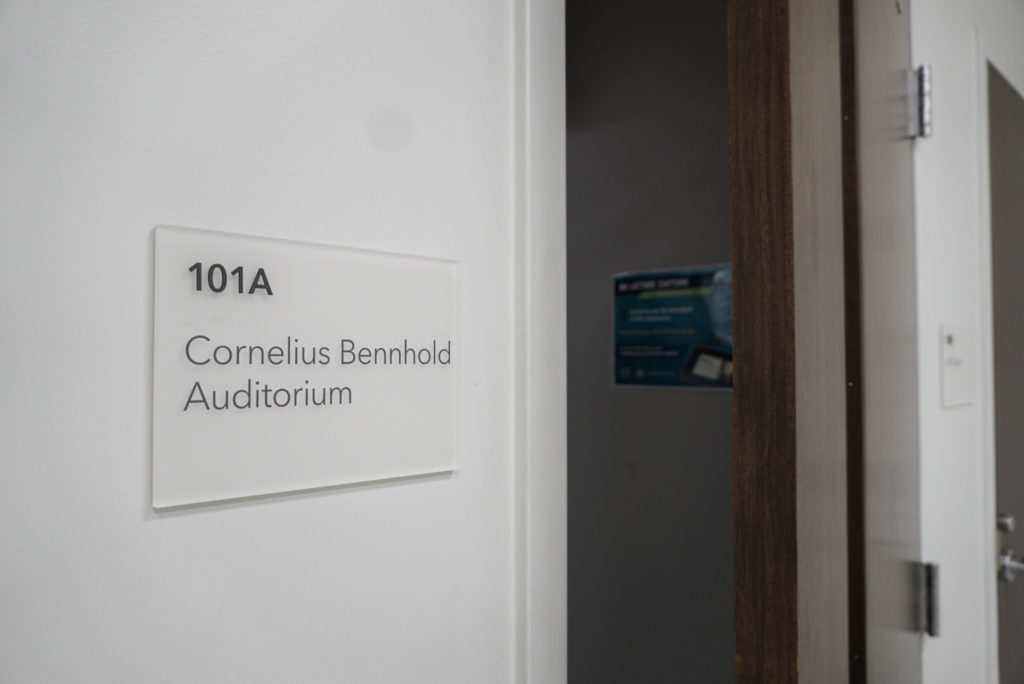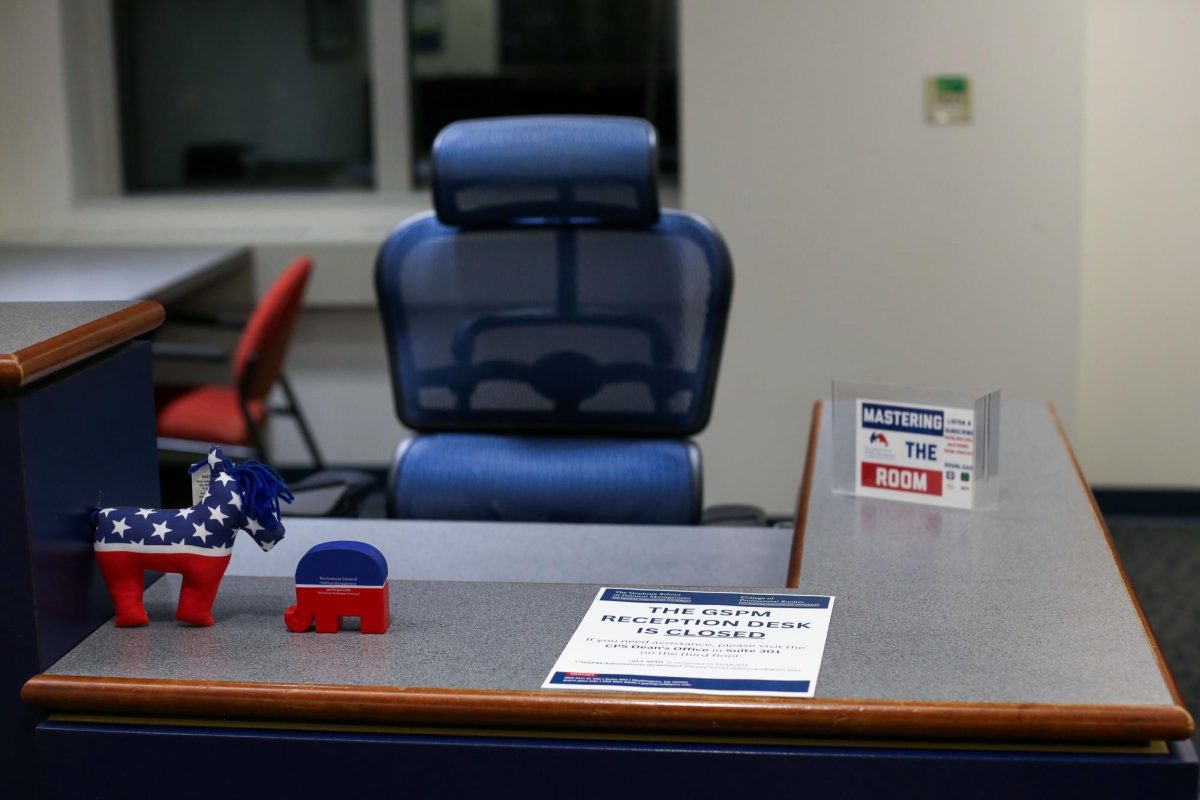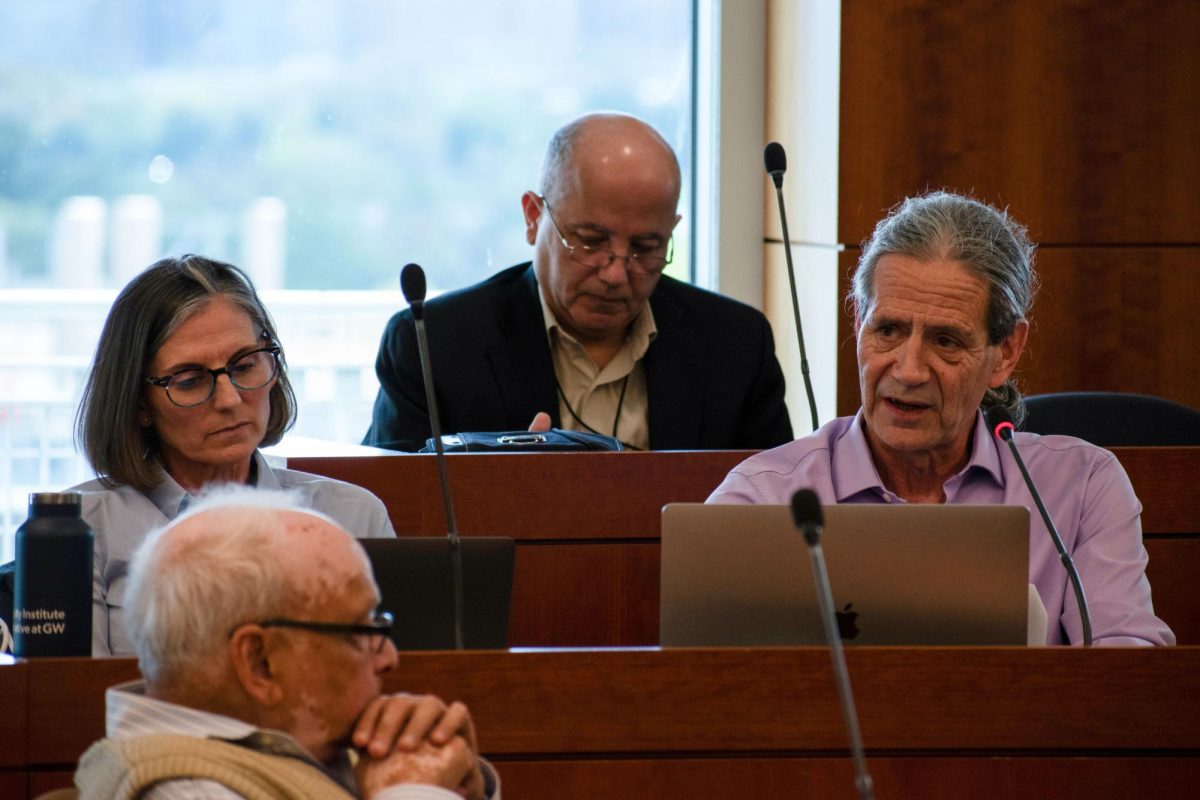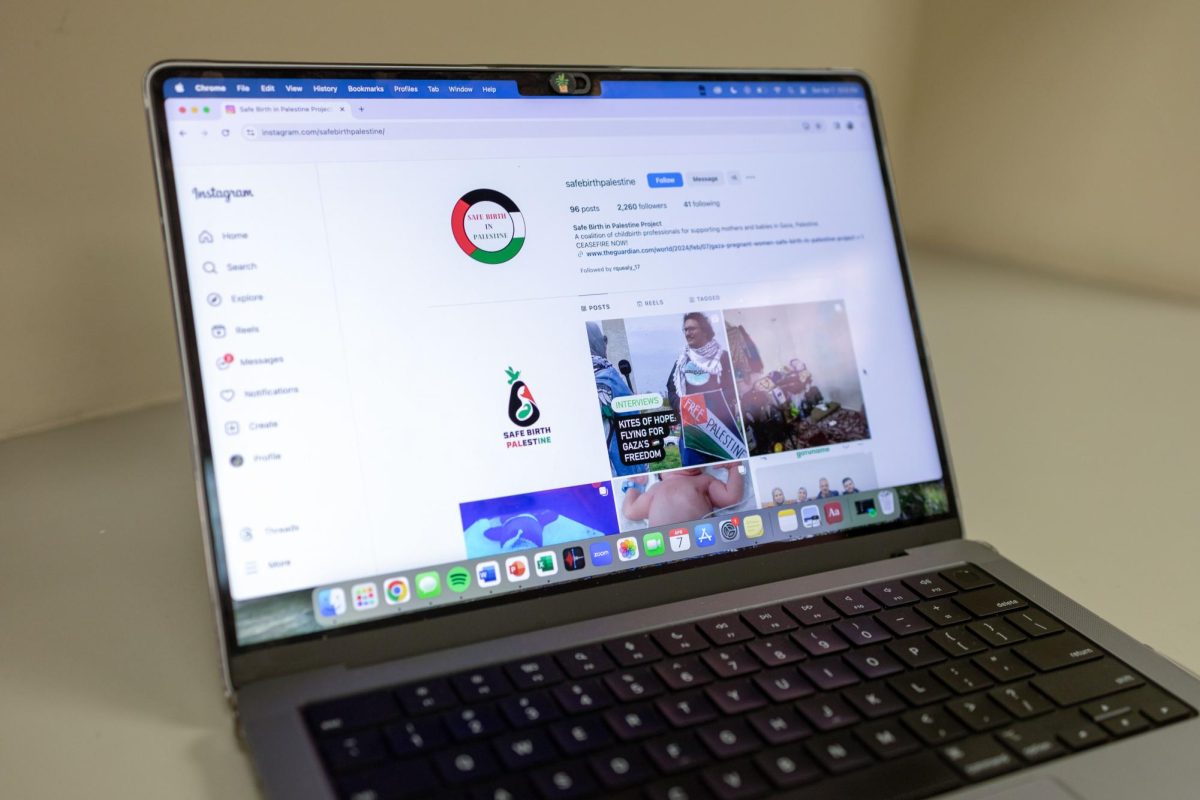Faculty in the physics department opened an Innovation Lab last month for students, faculty and staff to conduct interdisciplinary research.
Students, faculty and staff from any department can use the new space in Corcoran Hall by submitting research proposals or joining a new club associated with the lab for students. Faculty in the department said they hope the lab gives community members a space to participate in cross-disciplinary research and learn about different technologies available in the lab that they can use to conduct research.
Sylvain Guiriec, an assistant professor of physics and an astrophysicist at NASA’s Goddard Space Flight Center, said he originally conceived the idea for the lab and acts as a mentor for researchers in the lab. He said the lab’s three goals are to conduct professional research and develop instruments to use for research, to support and nurture ideas that could have an impact on the community and to promote STEM to the GW community.
“We want to teach STEM here to everybody, not only physicists, but we want to propagate that to everybody,” Guiriec said.
University President Thomas LeBlanc has emphasized STEM to students since arriving at the University and plans to increase the proportion of undergraduate STEM majors from 19 to 30 percent as part of the University’s next strategic plan.
Guiriec said the lab will be open 24/7 to those who have an approved research project and twice a week to members of the innovation lab club during meeting times. He said the club’s purpose is to act as a forum for members to develop and grow their ideas and also to teach students how to conduct research.
“I don’t want anybody to feel isolated, I want everybody to feel welcome,” Guiriec said. “So when I go there, I try to make people discuss together and everybody should feel at home in this club.”
He said a committee of students will review the research proposals and determine if there is enough space in the lab to field the current number of requests.
Guiriec said he is currently working on finishing a website for the lab that would display what researchers are discussing and working on during club hours. He said he hopes to attract a wide range of fields to the lab and “motivate” people to use the tools in the lab.
“We love open doors, we love academia and so we’re trying to take ideas that are not only in science but ideas that are beyond science,” Guiriec said.
Alexander van der Horst, the director of undergraduate affairs in the physics department and an assistant professor of physics, said the lab consists of computers, 3D printers, virtual reality goggles and other technologies. He said the lab allows “different students all over campus” to come together to “innovate and come up with solutions to problems.”
“Here at GW, a lot of students are very conscious of problems in the world and try to think about how to contribute,” van der Horst said. “So there should be ideas of how to solve some big problems, and this is a space where they can try to come up with innovative solutions to those problems.”
Van der Horst said the lab hopes to engage students in non-STEM fields like political science. He said political science majors could pursue issues in their field and in society through a “technological” lens using the lab’s resources.
Chryssa Kouveliotou, a professor of physics, said the lab that Guiriec has developed is more comprehensive than anything she has seen before because “people of all walks of life” are invited to use the lab.
“This vision is not just his vision, it’s becoming a vision right now of George Washington University as well,” she said.
Kouveliotou said community members are “enthusiastic” about the lab’s VR technology that allows participants to be digitally “transported” to other locations. She said Guiriec designed the system with sensors that can measure allergens like pollen in the air in a location to collect data for research purposes.
“That is very useful to know where to live and where you don’t want to live if this is your neighborhood,” she said. “That can help anybody in any city.”











